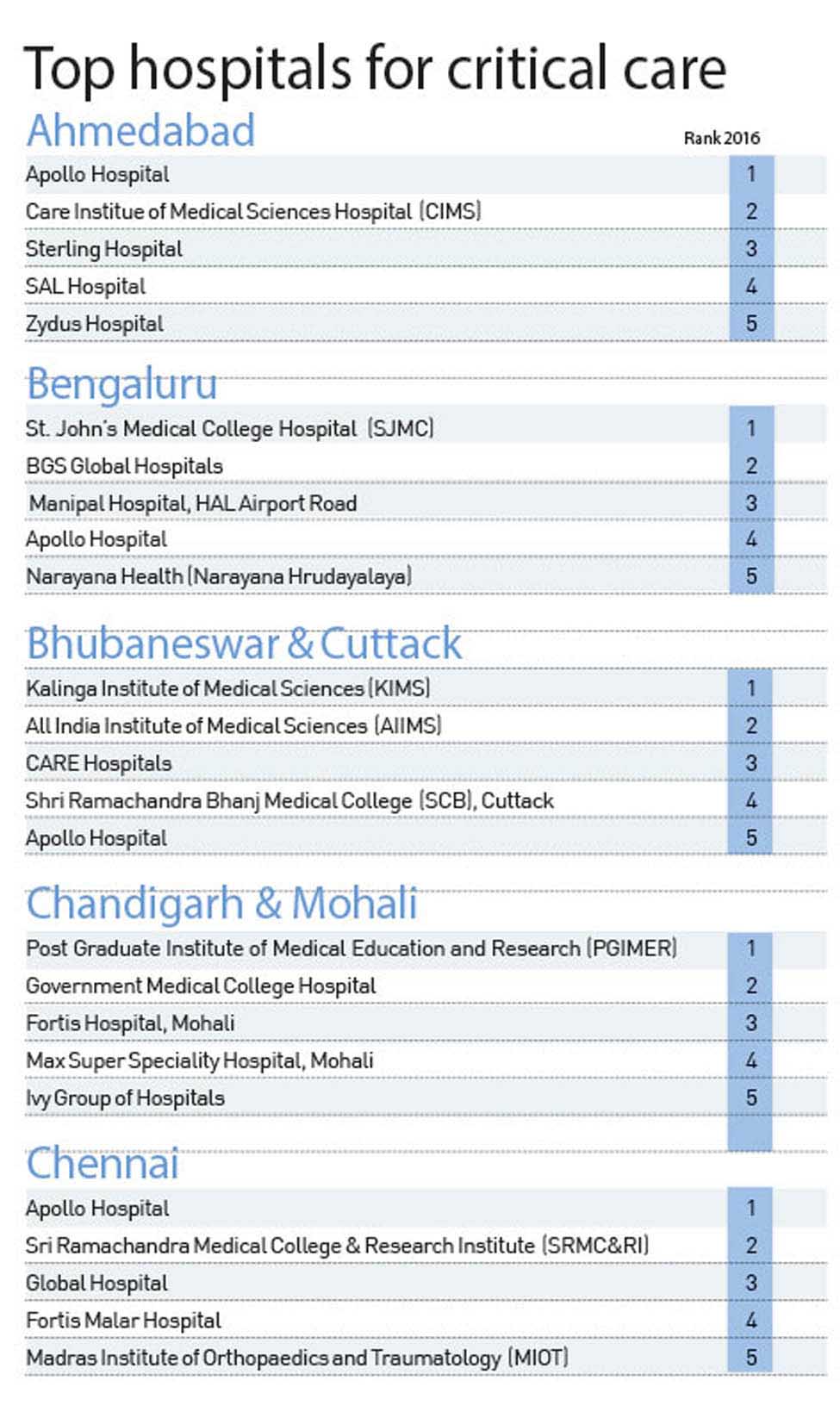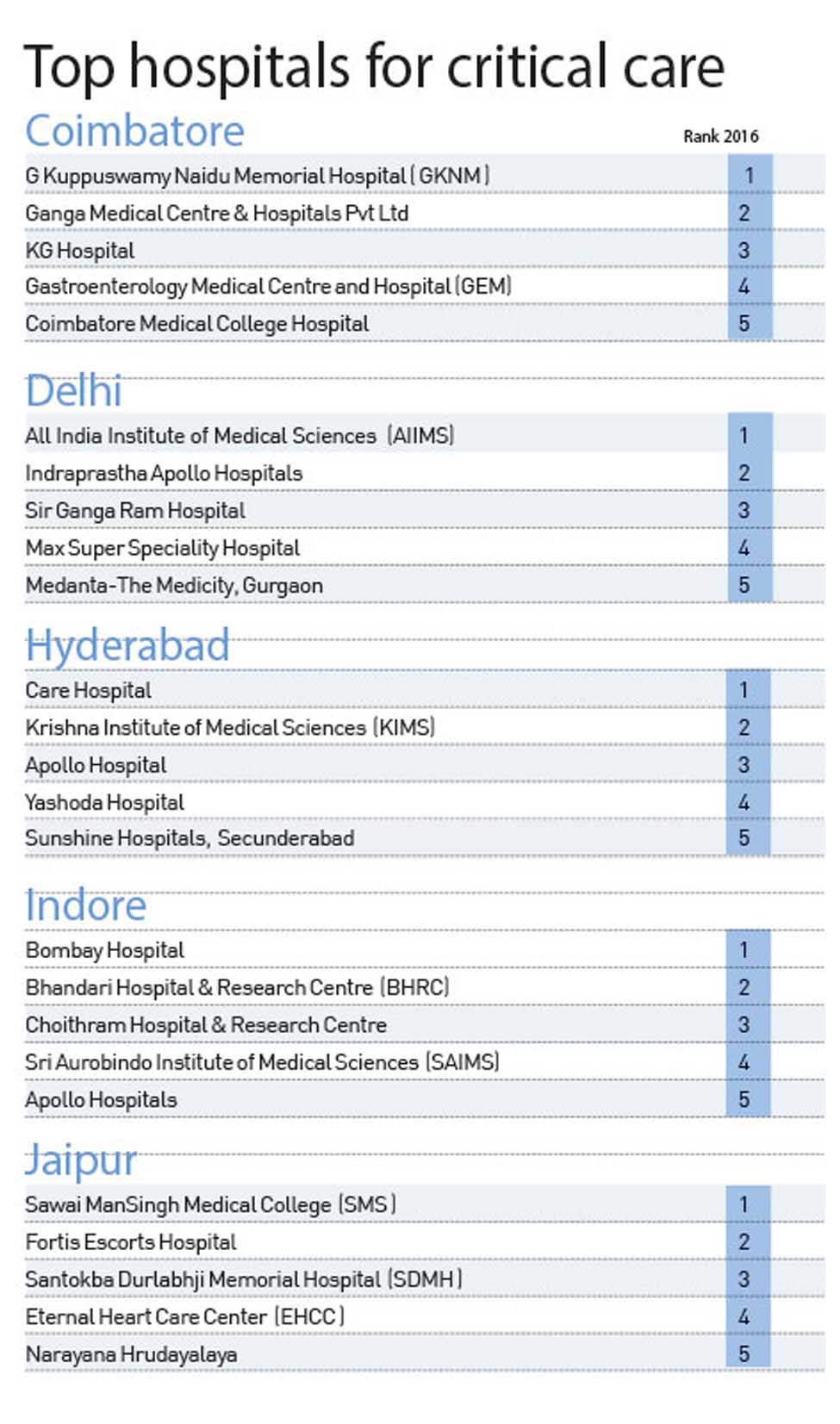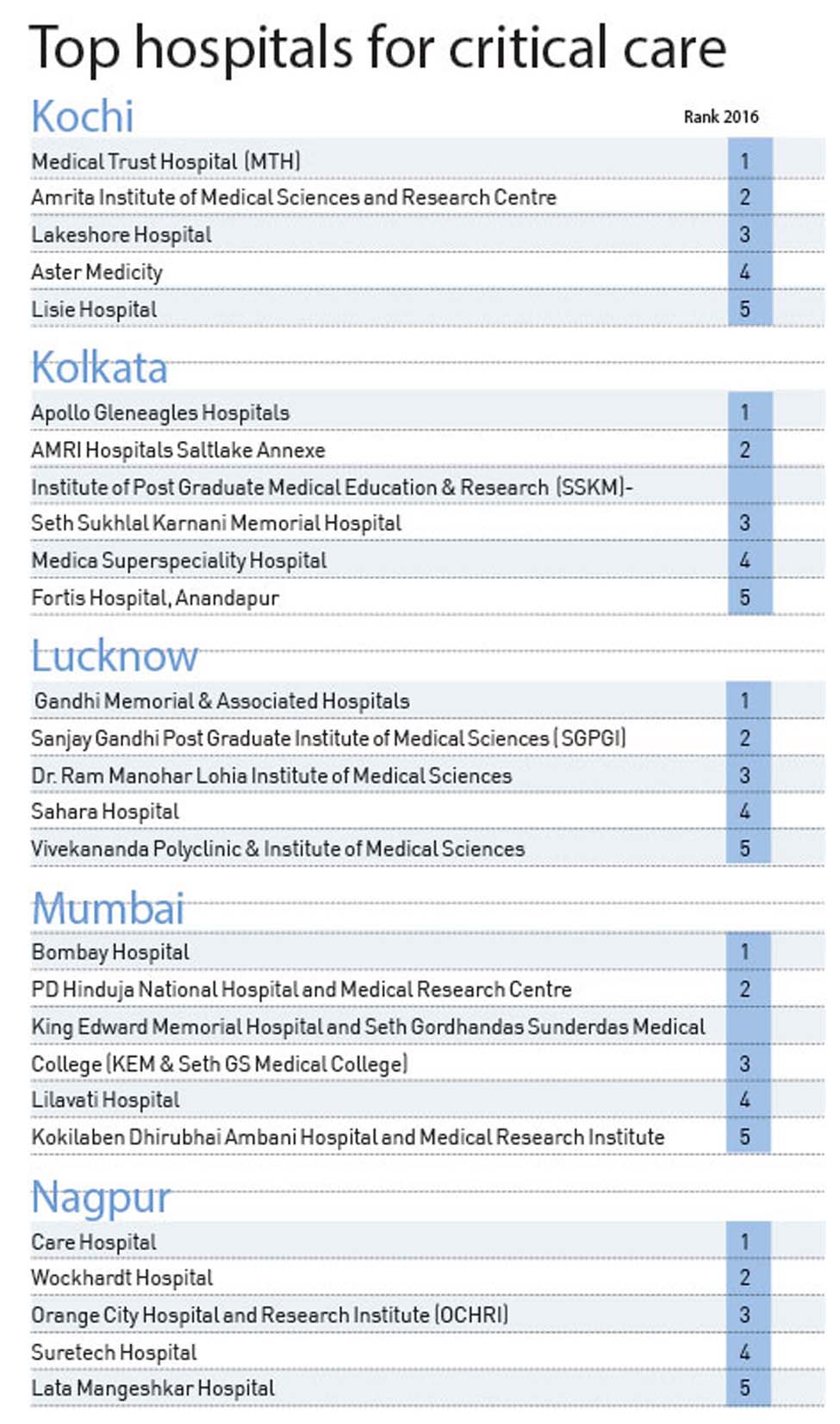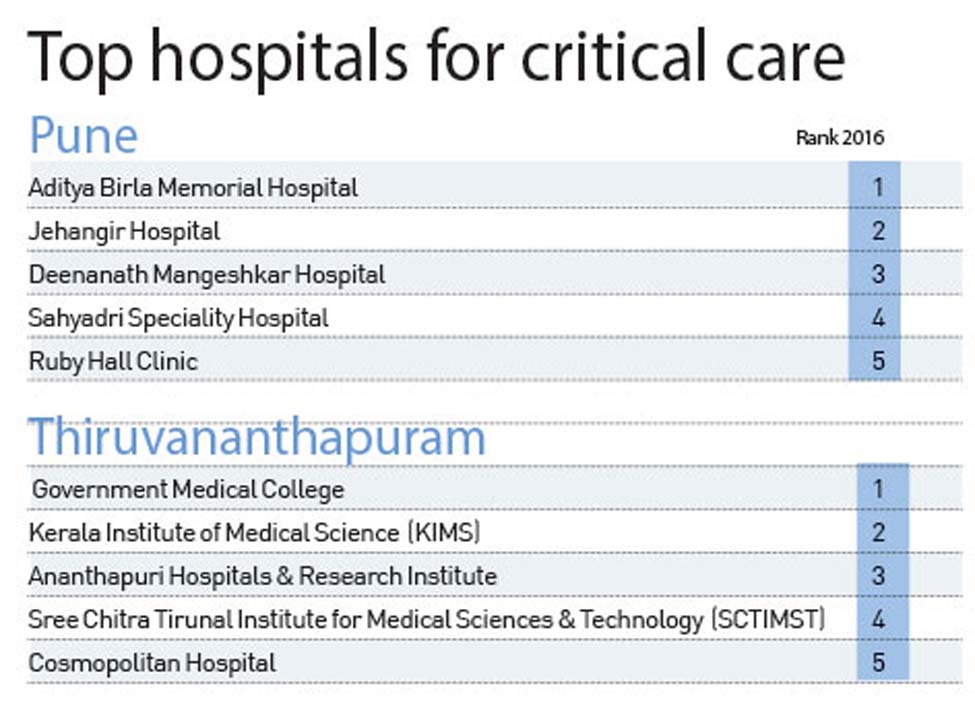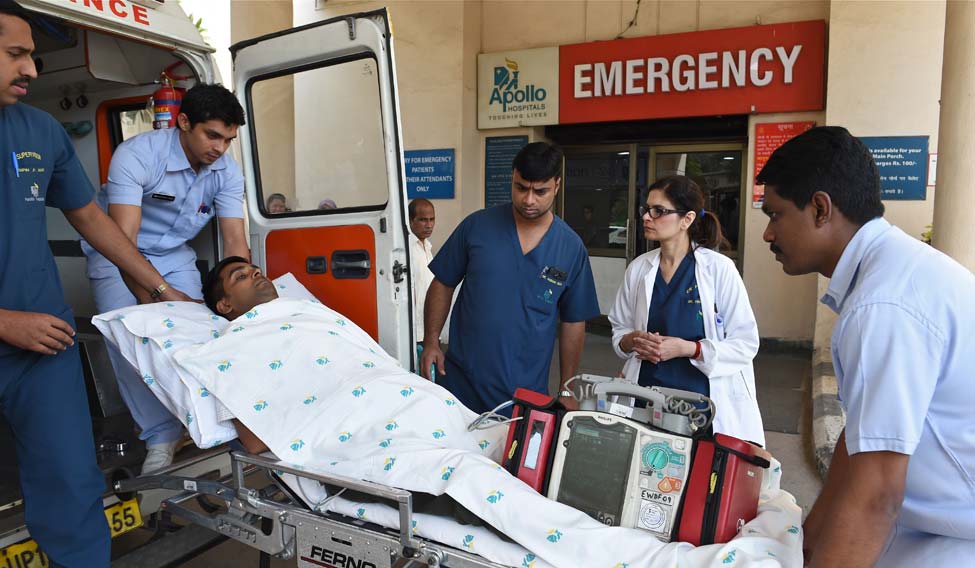The first thing Ashish Khurana, 28, said to Dr Priyadarshini Pal Singh at the trauma care unit in Delhi's Indraprastha Apollo Hospitals was, “My wife is going to give birth to our child anytime soon. Please save me. I don't want to die.” Ashish had met with a high-impact road accident on a flyover close to the hospital and was rushed to the trauma care centre in the hospital's own ambulance. There was no head injury, but his blood pressure was very low and the pulse rate was very high. He had also sustained severe
pelvic injuries.
“In such a case, it is important to identify if there is internal bleeding— in the chest, abdomen or pelvis—as it could be life-threatening. A strong clinical sense and quick diagnosis with the help of an X-ray examination or CT scan are important," said Singh. Ashish had just a slim chance of survival. “His pelvis was smashed, leading to rapid blood loss. We resuscitated him, transfused 16 units of blood and rushed him to the operation theatre where his pelvis was fixed using screws and plates,” she said. He remained on ventilator for
two days before his condition stabilised. Eight days later, Ashish was discharged. He came to Singh and said with a smile on his face, “I will be with my wife and my baby.”
Trauma care specialists are always on their toes. Unexpected and sudden injuries need urgent multidisciplinary attention. Technological advancements in diagnostics, transportation and treatments are changing the way trauma care is given to victims. The transfer of a trauma victim from the site of the accident to the nearest suitable hospital without losing time is critical. Dr G.V. Ramana Rao, director, emergency medicine learning centre, GVK EMRI, Hyderabad, a company which operates one of the largest fleet of ambulances in the country, said, “The GPRS system in ambulances has revolutionised how we navigate our way to the patients.
Hi-tech call centres, where a single person listens to the patient, identifies his requirements and directs a suitable ambulance, have reduced the response time from 350 seconds to 130 seconds. Recently, we have introduced bike ambulances in Chennai and Bengaluru. These are manned by a single person and are equipped with every necessary drug and instruments needed to stabilise a sick patient. Trauma patients are the most critical patients and their recovery depends upon how fast medical aid reaches them. Bikes
are the fastest way to commute on a high-traffic road. These bike ambulances coordinate with a nearby four-wheeler ambulance for patient transfer.”
Such is the success of these ambulances that EMRI has launched three in the tribal areas of Chhattisgarh. There, these ambulances transfer patients on an attached sidecar. “It is worth investing in ambulance service as it improves the chances of patient survival like no other superspeciality," said Rao.
According to the latest government figures, one person dies every four minutes in India in road accidents. Accident deaths are increasing at the rate of 3 per cent annually and accident-related trauma is the number one cause of death for people below 40 years. Doctors believe that around 90 per cent of these people can be saved and, in most cases, the extent of disability can be reduced if the victims are brought to the right kind of hospital in time.
